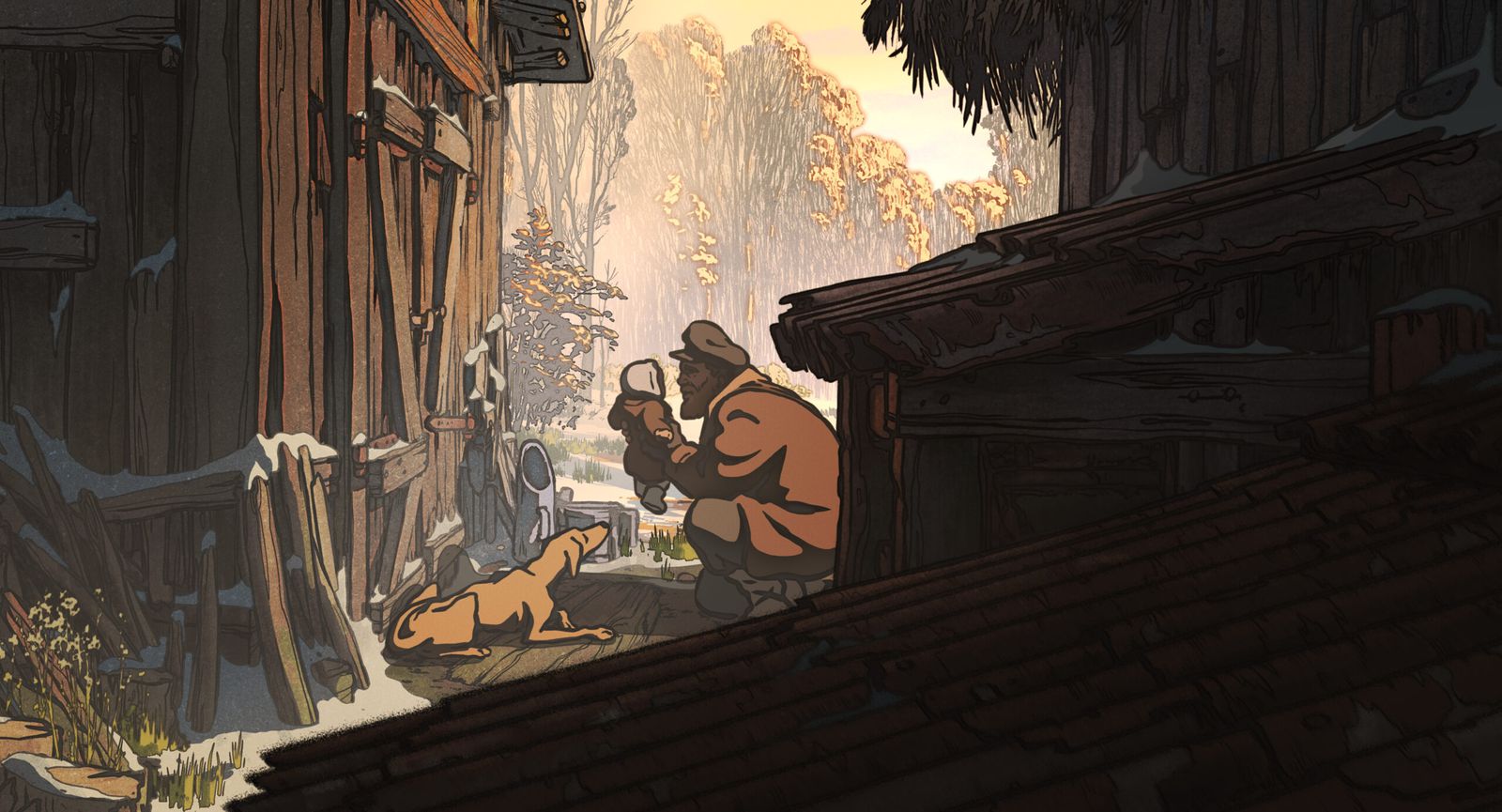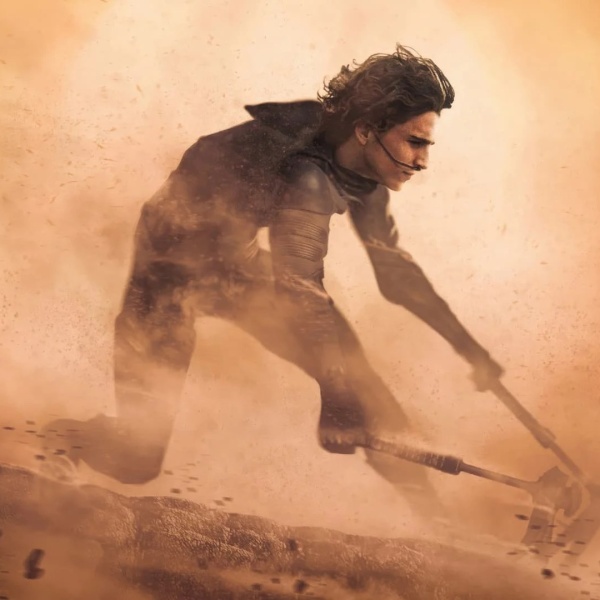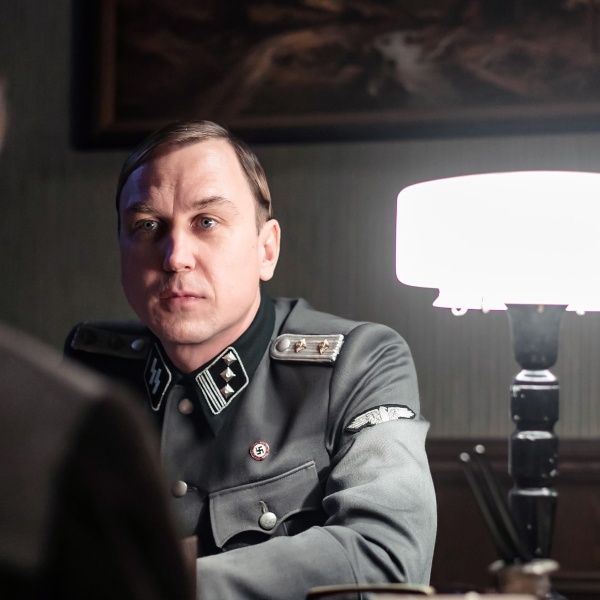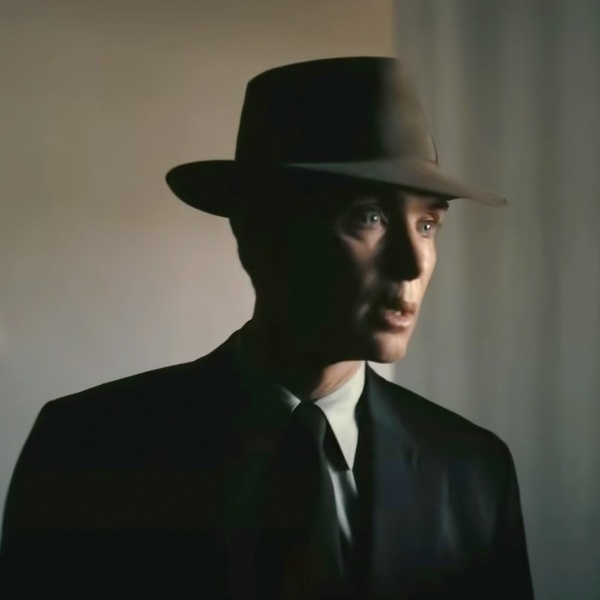Animation, as Guillermo del Toro frequently reminds us, is not a genre but a medium, and one that has been underserved by the Cannes Film Festival, as even the medium’s masterworks are rarely in contention for the vaunted Palme d’Or at the annual fest. Michel Hazanavicius’ “The Most Precious of Cargoes” is one of the few animated efforts that has been bestowed the honor of premiering in competition, and is the first since “Waltz with Bashir” in 2008, when Ari Folman’s harrowing account of the Sabra and Shatila massacres utilized the form to depict the malleability of memory around far-reaching traumas.
Now, 14 years later, an equally difficult subject matter is drawn across the screen with “The Most Precious of Cargoes,” an unflinching but elegant Holocaust fable adapted from Jean-Claude Grumberg’s 2019 novella of the name name.
The film takes place in a dark, wintry forest on the outskirts of Auschwitz during the height of World War II. A poor woodcutter and a poor woodcutter’s wife (they are only ever named as such) have lost their only child and aged out of the potential to have more. They pass their days in uneasy détente, him content without worrying another mouth to feed while she prays to every god at her disposal for another chance at motherhood.
It’s a cold, cruel world; always winter, but never Christmas, and the snowflakes that dance gently upon the wind evoke the ashes that rise from the fiery stacks of the nearby camp.

It is in this desolate landscape that the grieving woodcutter’s wife discovers a rare sign of life from a train track nearby their home, one whose travelers are destined for the concentration camp so close by. Naively, she identifies it as a symbol of hope and prays to the “god of the train” to ease her suffering. The train itself is one of the more stunning animated elements, and its fine line work and depth of color become increasingly bold as the truth of its purpose is revealed. It shifts from vibrant sign of modernity to something truly demonic, screeching through the frozen wilderness to reach the gates of Hell.
At first, the poor woodcutter’s wife is unaware of just what sort of profound evil is tearing down the railway tracks and drops to her knees to pray for a miracle — and those prayers are seemingly met. A small baby lands in the snow in front of her, wrapped in a white, gold, and blue tallit. Her husband is appalled by this new addition to their lives, viewing the sweet baby girl as “heartless” and part of a race of “cursed bastards” that toss their own children out of trains not in an act of desperation, but of fiscal irresponsibility.
As the film goes on, we get to see beyond the lives of the poor woodcutter and the poor woodcutter’s wife, journeying both into the train itself and the circumstance that led to a beloved baby being thrown into the snow to avoid a much more cruel fate within Auschwitz. As the film retains its exquisite aesthetic, Hazanavicius pushes beyond the gates of the concentration camp, juxtaposing it with the ugliness of mankind and, as the poor woodcutter’s wife comes to understand, what actually brought this child into her life. It was not a god’s generosity, but his abandonment.
Back in the relative safety of the forest, the fairy tale nature is highlighted by unsubtle moments that border on twee as the snow and the poor woodcutter’s antisemitism thaws, but “The Most Precious of Cargoes” retains its power by punctuating that sentimentality with sadism. The warm tone of Jean-Louis Trintignant’s narration and a classic picture-book aesthetic lure the viewer into a sense of comfort, as we’re still expected to grapple with not only what happens to babes left in the woods, but the fate of whose who remained wrapped in their parents’ arms. The evils within the film feel tragically prescient, and “The Most Precious of Cargoes” makes those parallels explicit, as when Denis Podalydès’ Man with the Broken Face explains that he sustained his injuries during another war, though it doesn’t matter which, as “they are all the same.”
While Hazanavicius doesn’t seem to know how to end his story and like, in the “Lord of the Rings” trilogy, the film concludes with a series of codas. each of which diminishes the power of the one prior. Even with a slim 81-minute running time, the film’s final act begins to bloat and Hazanavicius’ direction feels less self-assured. The filmmaker adopts unsubtle new animation flourishes to depict the lingering traumas, but none have the elegance of his opening images of white flakes falling over tree stumps, and the narration becomes equally heavy-handed.
As a contender for the Palme d’Or, “The Most Precious of Cargoes” might not have quite the legacy of “Waltz with Bashir” ahead of it, but it’s a compelling argument that Cannes should not wait another 16 years to give animated work a chance to compete for its most precious award.
Grade: B+
“The Most Precious of Cargoes” premiered at the 2024 Cannes Film Festival. It is currently seeking U.S. distribution.





